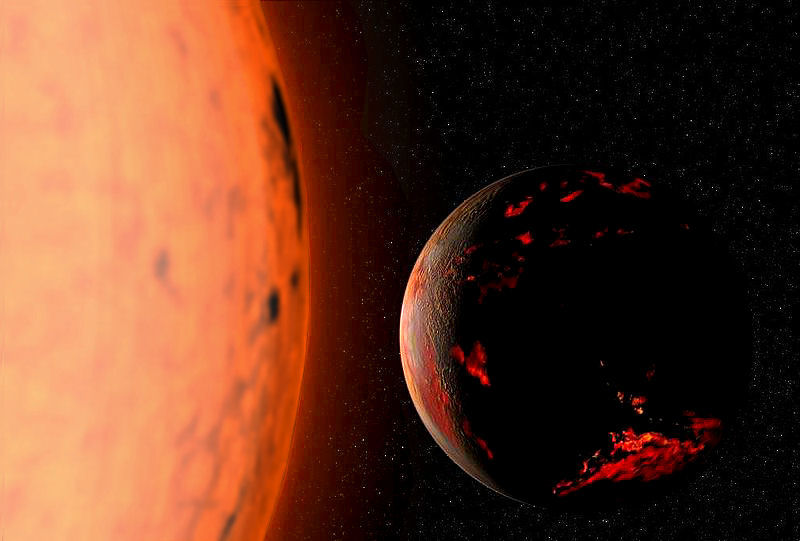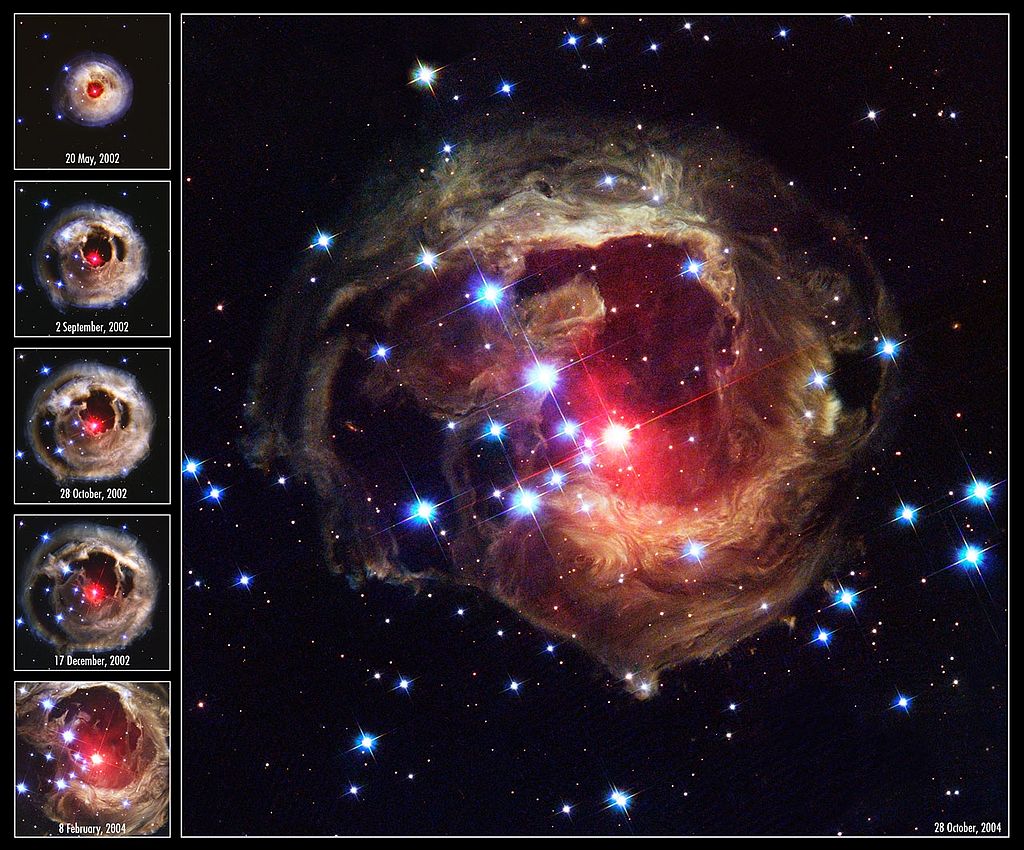Ann wrote: ↑Wed Feb 07, 2024 6:12 pm
Chris Peterson wrote: ↑Wed Feb 07, 2024 2:59 pm
Christian G. wrote: ↑Wed Feb 07, 2024 2:47 pm
From their initial attraction to their complete merger into one, these two will have taken two billion years! Galaxies sure don't rush into things.
These two galaxies have always been gravitationally bound, in orbit around each other. Nothing has really changed since their formation. Their orbits around each other are approximately described by ordinary Keplerian dynamics. (Approximate because they are extended, non-rigid bodies and as their shapes change because of gravitational interaction, the centers of mass change as well.)
The only thing that can substantially change the orbits of a pair of bodies is interaction with a third. I don't know if there is any evidence that another galaxy passed near them a few billion years ago or not.
Surely it must be possible for galaxies that were not initially bound together to drift closer to one another and indeed become bound? The way I understand it,
the Magellanic Clouds have only relatively recently been captured by the Milky Way. That is why they are so vigorously starforming. Most satellite galaxies are not like that, and instead they are either "red and dead" or at least very low in star formation. See, for example, Andromeda's two major satellites
M32 and
NGC 205.
If the Magellanic Clouds have only recently been captured by the Milky Way, isn't it possible that NGC 4038 and NGC 4039 have relatively recently become bound?
Ann
Two bodies that are not gravitationally bound in a closed orbit cannot become bound by drifting closer together. One body can only capture another if there is at least one additional body involved. The Magellanic Clouds (did you know they're looking at changing their names?) could be captured in a couple of different ways. The most likely is simply because they and the Milky Way are not a two-body system, but rather, part of a complex multiple body system called the Local Group. Another mechanism would be by some form of collision (since these are extended, non-rigid entities) where momentum was transferred between different parts of each. But I'd bet on the first.
There's a classic first-year physics two-body problem. Two masses are separated by some distance and stationary with respect to each other. What happens? Gravity results in an attractive force causing the two to get closer, and they approach each other faster and faster, with the fastest speed being when they would collide. We don't allow a collision, and they now continue past each other, slowing down and coming to zero relative speed when they're the same distance apart they started. Then this repeats. Forever. This is a gravitationally bound system, of course, no matter how far apart the two bodies are at the start.
 The Heart Shaped Antennae Galaxies
The Heart Shaped Antennae Galaxies






